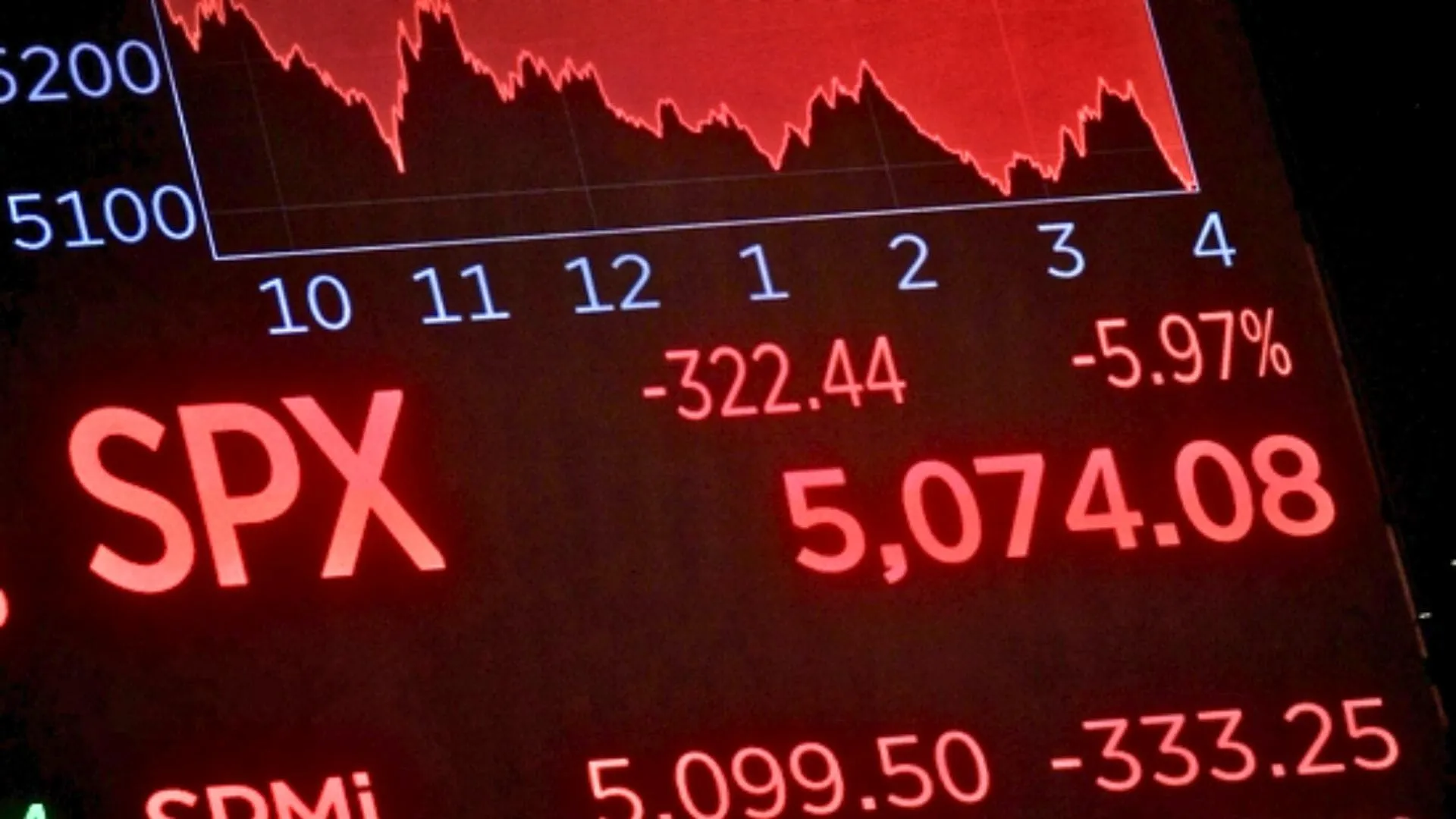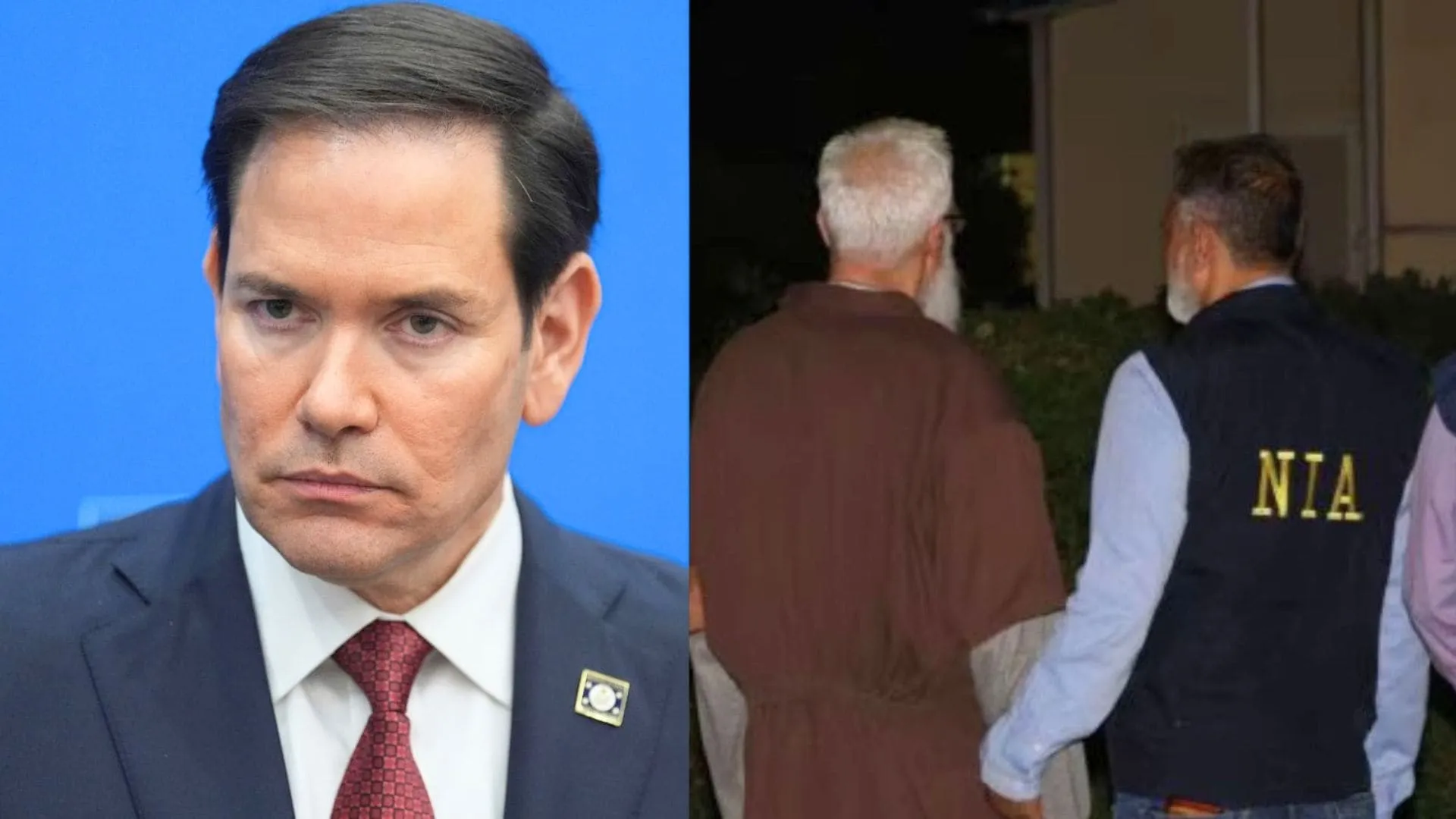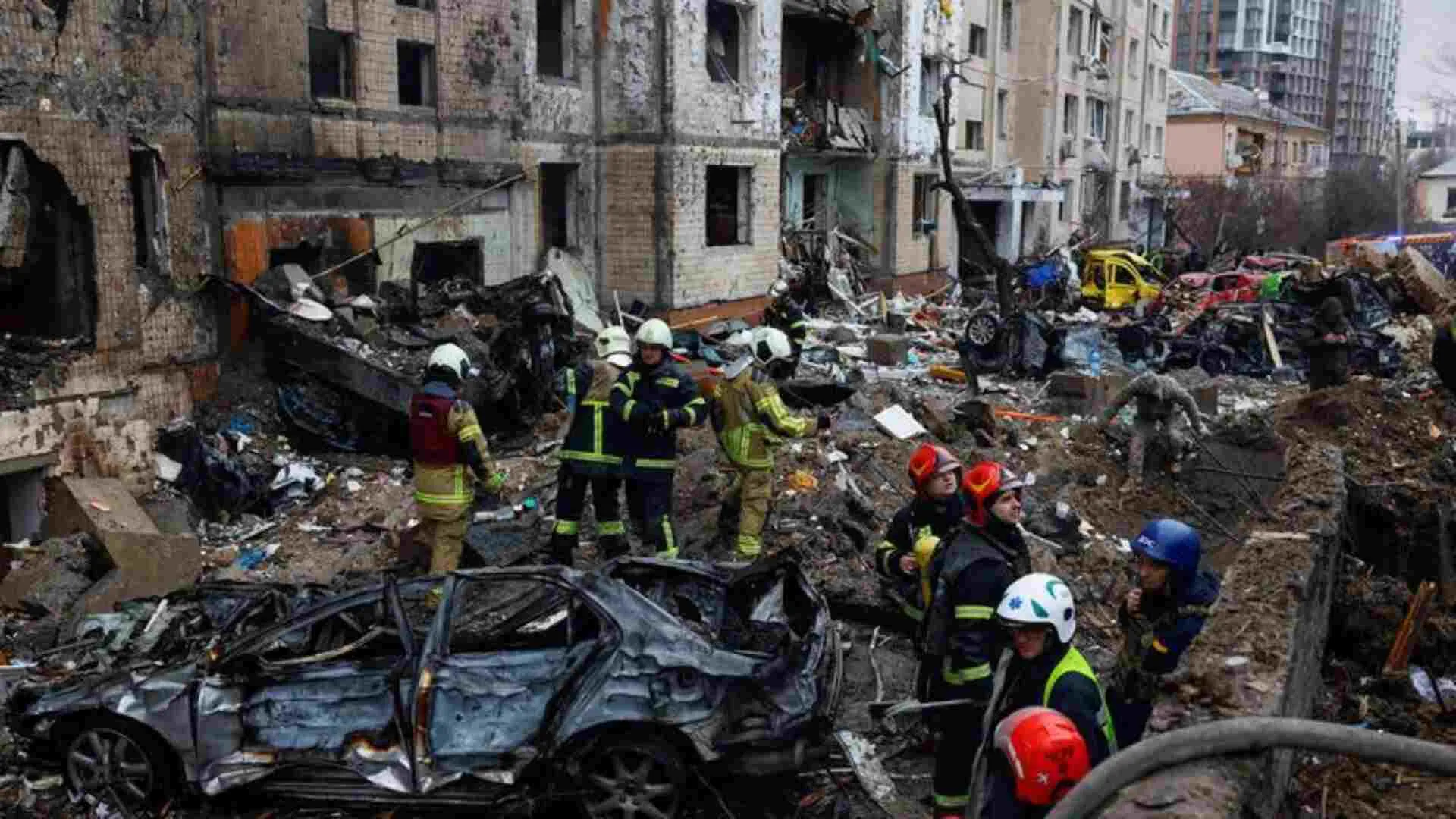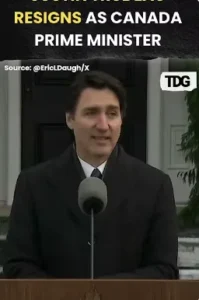Asian markets plunged on Monday, triggering fears of a second global stock market crash. The panic occured after US President Donald Trump’s unexpected tariff declaration last week. Japan’s Nikkei fell almost 9%. India’s Nifty plummeted more than 1,000 points. South Korea’s Kospi triggered a technical halt in trading. Some experts now worry that this may be a contemporary version of the 1987 “Black Monday” crash. Trump, however, is defiant. He claims this market pain is “medicine” for fixing trade deficits. So, are we looking at Black Monday 2.0?
Asian Markets React Sharply to Trump’s Tariffs
Asian investors awoke to turmoil. Markets opened well in the red following Trump’s April 2 tariff announcement, which became effective. Japan’s Nikkei 225 plummeted over 8% shortly after the opening bell. The Topix index, broader in scope, declined over 7.5%. Large Japanese banks—Mitsubishi UFJ, Mizuho, and Sumitomo Mitsui—lost over 12% each. Shares of Honda and Nissan also crashed.
South Korea’s Kospi declined 4.4%. A circuit breaker was activated, suspending trade for a short while. Taiwan’s Taiex dropped close to 10%. Heavyweights such as TSMC and Foxconn reached their daily limits.
China’s Shanghai Composite opened lower by 4.5% and continued to slide. It last traded 6.7% lower. The blue-chip CSI300 fell 7.5%. Hong Kong’s Hang Seng opened lower by more than 9%.
In Australia, the ASX 200 dropped over 6%. Over $160 billion of market value disappeared. New Zealand’s NZX 50 declined 3.5%. The selling was indiscriminate and vicious.
India was not spared either. The NSE Nifty50 plummeted over 1,000 points. BSE Sensex dropped close to 4,000 points in initial trading.
Around the world, US stock futures declined dramatically as well. S&P 500 futures fell 4.2%, Dow Jones futures fell 3.5%, and Nasdaq futures declined 5.3%.
Trump’s Position on Market Chaos
Despite the chaos, Trump held his ground. He waved off concerns of a crash. On Truth Social, he called it an “economic revolution.” He told Americans to “hang tough.”
He called tariffs “a beautiful thing” that would correct years of trade abuse. “Sometimes you have to take medicine to cure something,” Trump said, talking about the crash.
On April 5, tariffs of 10% took effect. Steeper tariffs—11% to 50%—will become effective on April 9. Trump accused “Sleepy Joe” Biden of previous trade deficits. He promised to turn them around “quickly.
Business leaders and economists raised red flags. Many warned that sudden policy shifts could slow growth, spark trade wars, and shake global investor confidence.
What Occurred on Black Monday in 1987?
The first Black Monday occurred on October 19, 1987. That day, the Dow Jones Industrial Average fell 22.6%. It is the largest one-day percentage decline in US history.
The sell-off didn’t remain in the US for long. It went global in hours. London’s FTSE 100 dropped 25% that week. Japan’s Nikkei fell over 13%. Frankfurt, Hong Kong, Amsterdam, and Sydney all got slammed.
So what triggered it?
Experts attributed a combination of program trading, overpriced stocks, and fears of rising interest rates. But most importantly, it demonstrated just how interdependent world markets had become.
Thomas Thrall, an economist-turned-trader with the Federal Reserve Bank of Chicago, remembered the day vividly. “It was very scary,” he replied. “Folks began to realize the interconnectedness of the markets worldwide.”
What it took was concerted action from the Federal Reserve of the US Central banks reassured markets, and the system stabilized gradually.
Will Black Monday 2.0 Actually Happen?
It’s not 1987. But indications are strangely similar.
Jim Cramer recently warned about this. On his program, he told a 1987-style crash would be repeated if Trump did not negotiate with trading partners. “We will know it by Monday,” he stated.
He was not far behind. Markets have collapsed in Asia. US futures followed through. Panic selling has begun.
Is this Black Monday 2.0?
There are parallels. A policy shock. Panic selling. Circuit breakers. Global contagion.
There are differences also . The 1987 crash was caused by market mechanics—algorithmic trading and valuation problems. This time, the cause is political—Trump’s belligerent tariff policy.
Another crucial difference is the central bank action. In 1987, the Fed moved decisively. Now, it’s not yet known whether the Fed or any other large central bank will act.
If tensions escalate and retaliation sets in, the harm can worsen. A second Black Monday may not resemble the first in all ways—but its damage could be equally devastating.
Investor Sentiment and Market Outlook
Investor sentiment is currently unstable. Most are withdrawing money from equities. Inflows are going towards gold, US Treasuries, and the dollar.
Experts predict that earnings projections will decline. Export-oriented sectors such as tech and manufacturing might bear the worst hit.
Goldman Sachs warned that firms with substantial debt levels will be vulnerable to cash flow crises. Markets can expect further volatilities as long as policy uncertainty persists.
Fund managers are already redirecting strategies. Some are downscaling risk exposures. Others are hedging very aggressively, anticipating further turbulence.
What follows is dependent on two things—how world markets respond over the next few days and if Trump changes his strategy. If not, volatility may intensify. And Black Monday 2.0 may not be just a figure of speech. It may become a reality.
Trump’s tariffs have triggered a worldwide sell-off. Markets around the world and in Asia are in a free fall. The specter of another Black Monday is not just a fear. It may not be an exact replica of 1987, but the warning signs are there.
With trillions of dollars erased from world markets and no indication of a policy shift, governments and investors have to tread carefully. History doesn’t repeat—but it does rhyme. And Black Monday 2.0 might already be upon us.






















